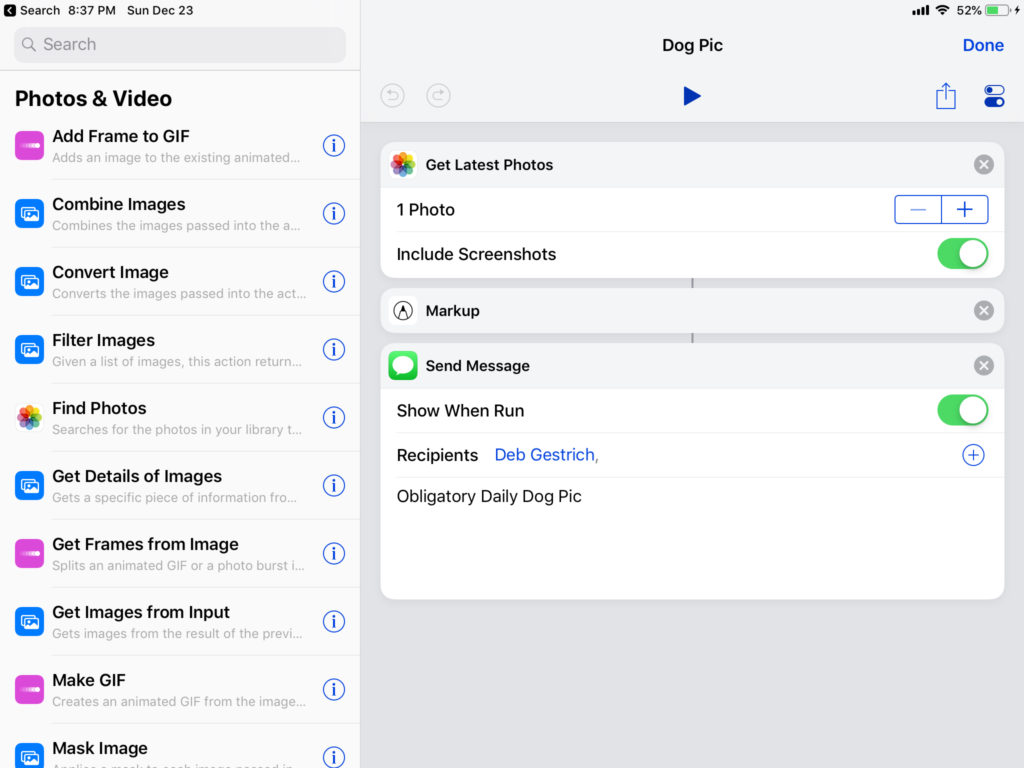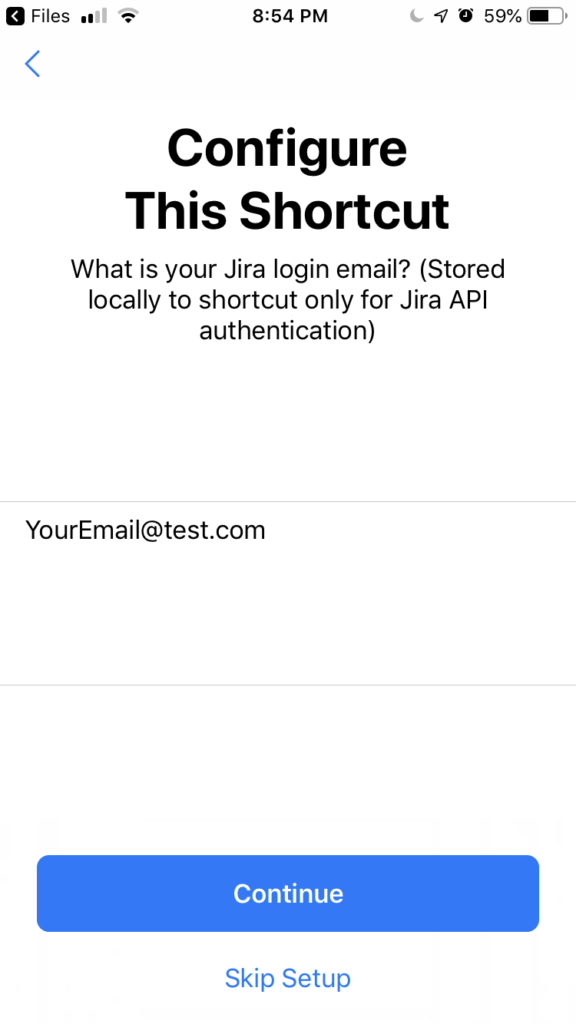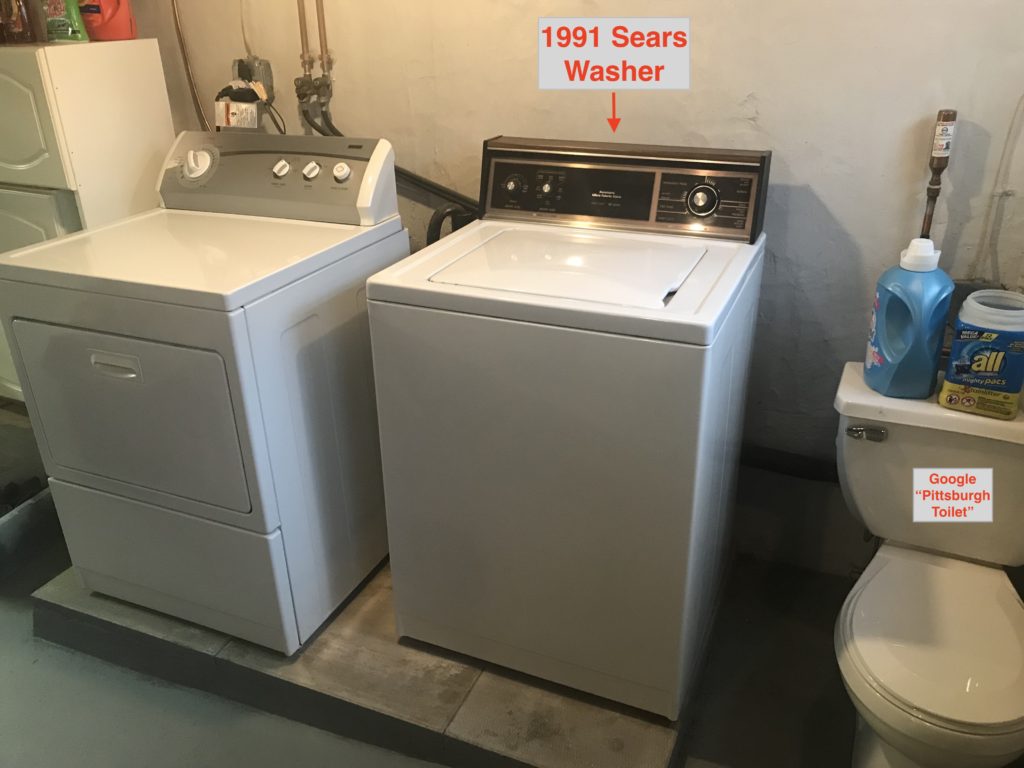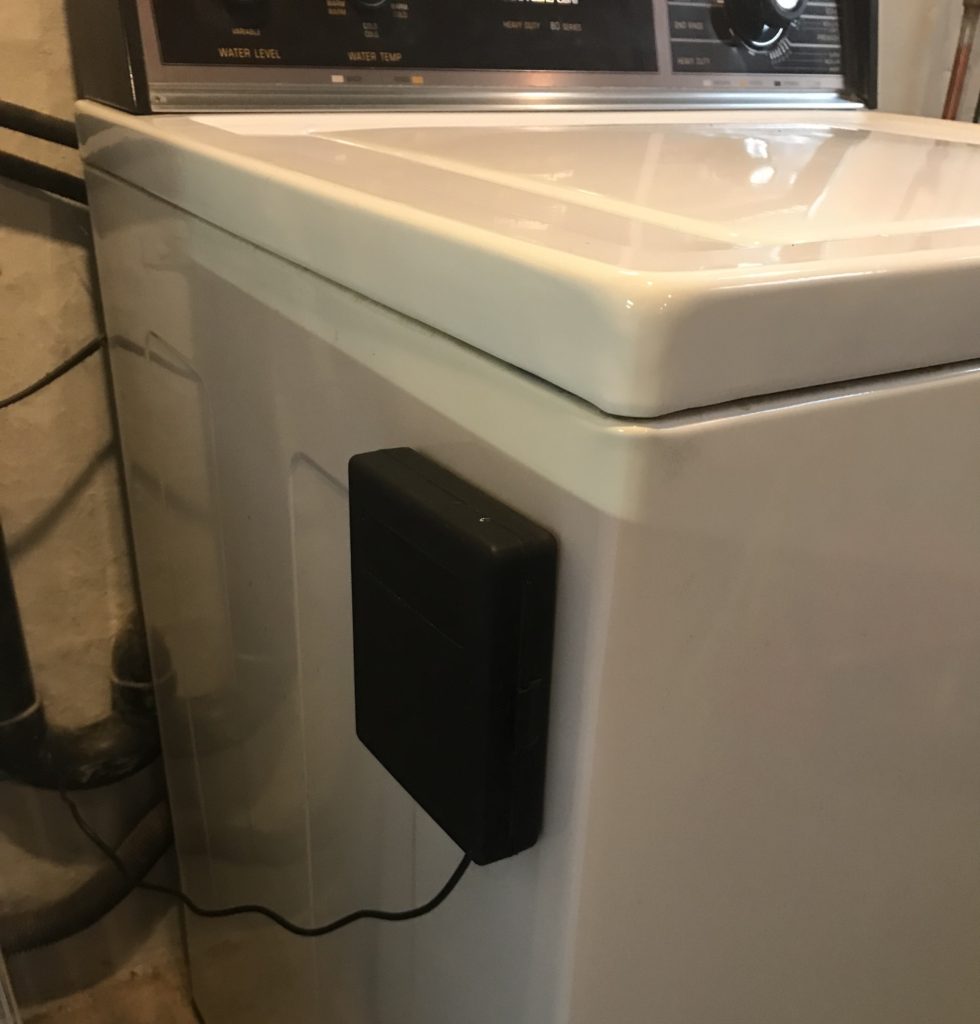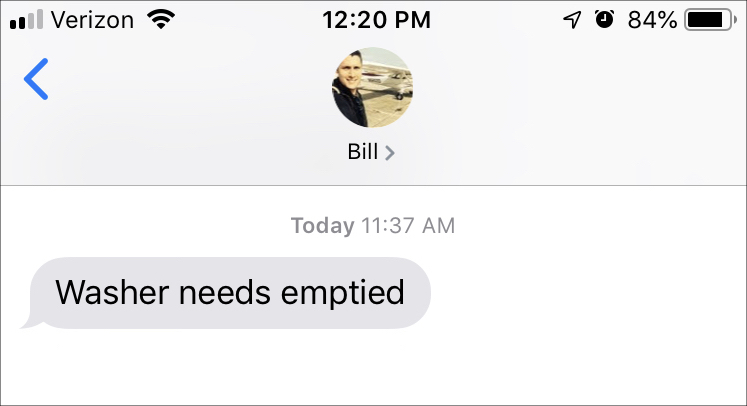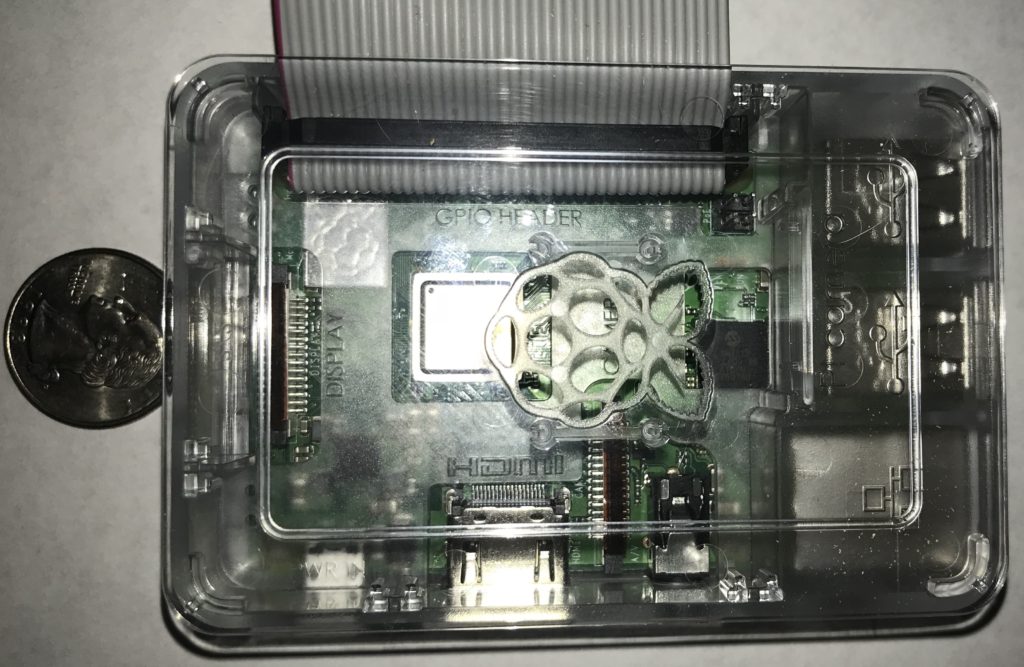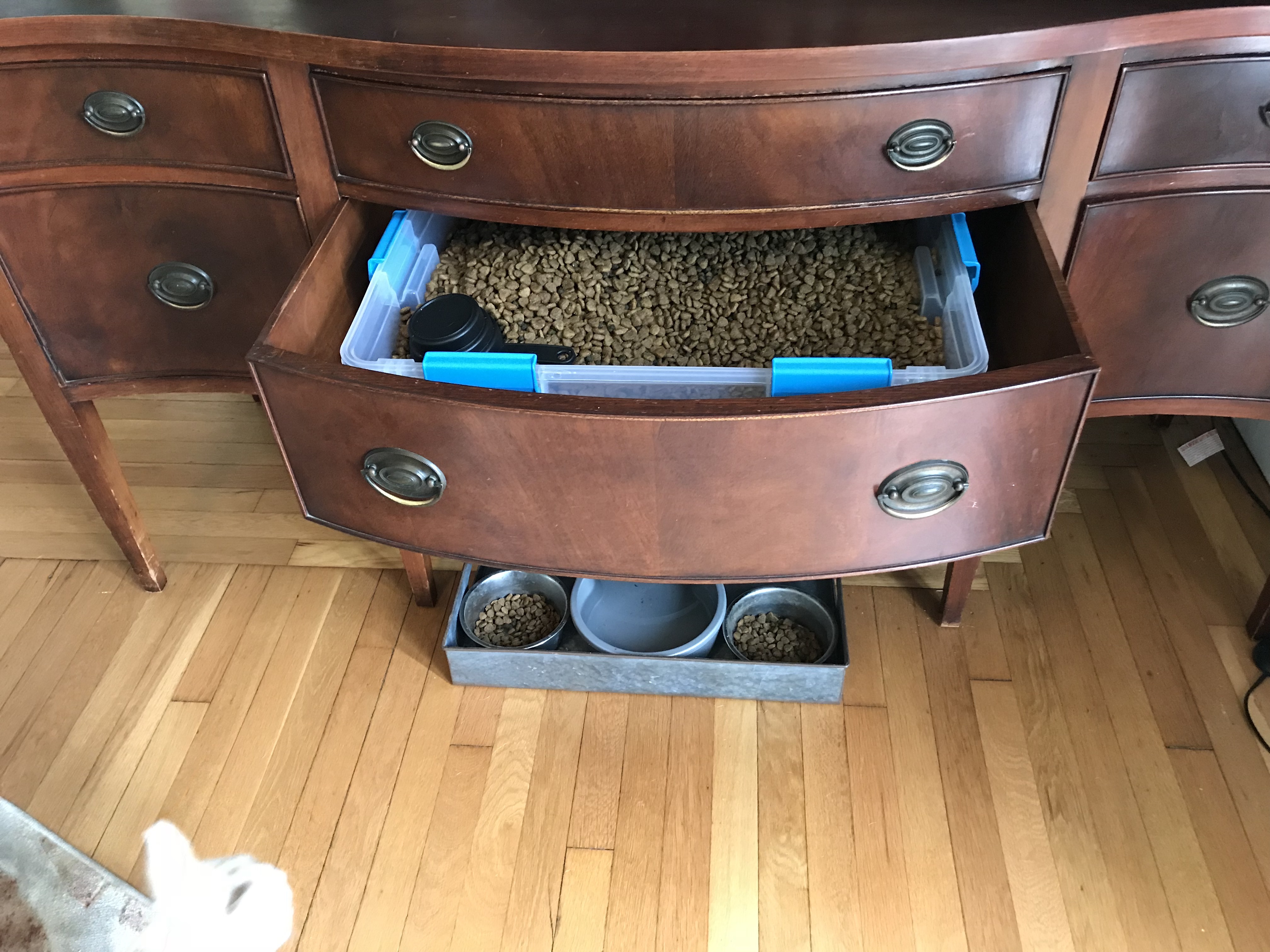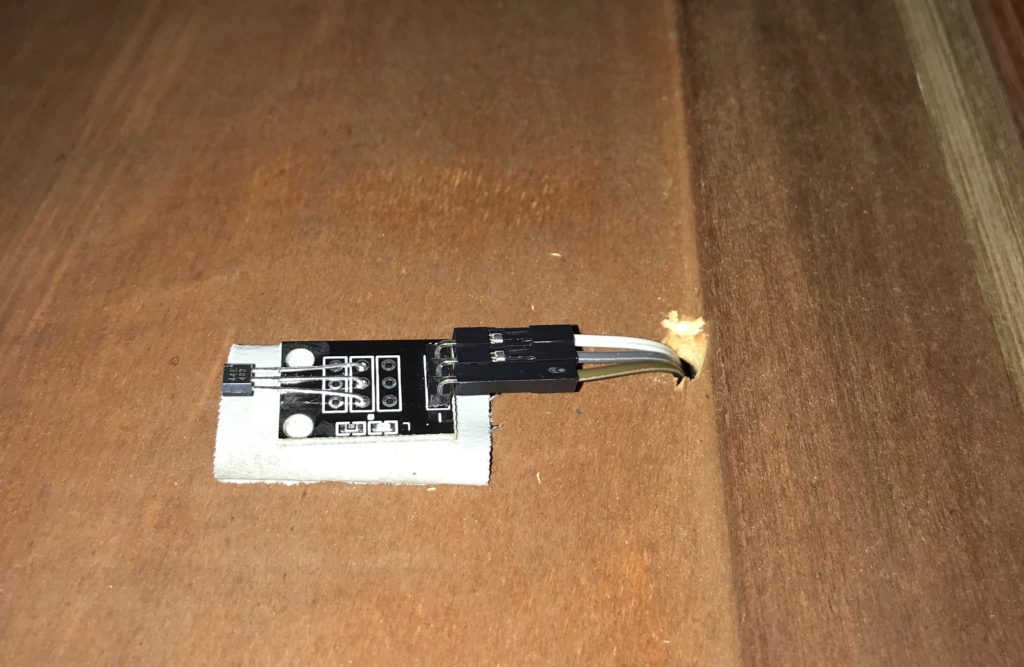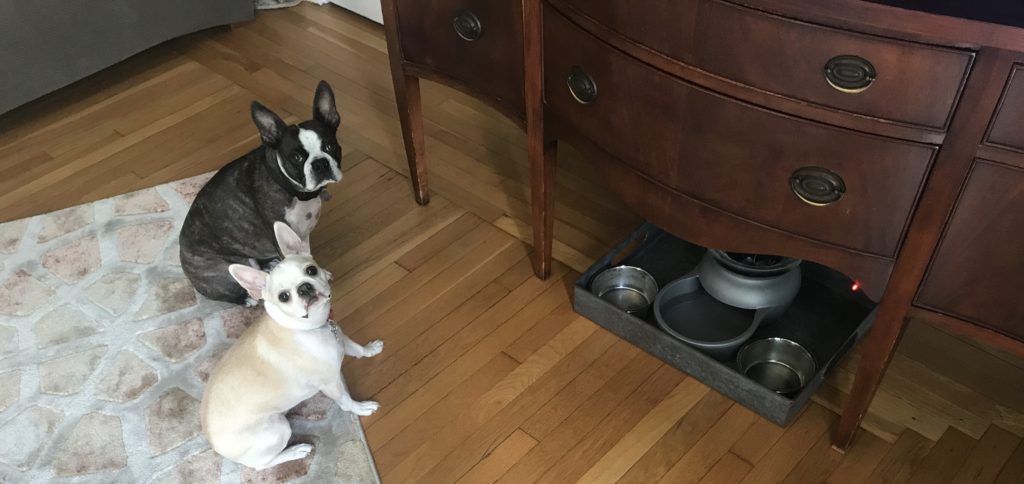
Productivity is one of my favorite discussion points. Not because I’m an expert (far from it) but rather I’m constantly learning and it affects nearly every aspect of life. I was drawn to the Get Things Done methodology years ago and more recently inspired by a book called Deep Work. There is a firehose of information out there but only so many changes I can make at once. I’ve reflected on some of my core habits and decided it is time for concrete adjustments. Here is a list of my productivity resolutions for the new year which I hope can help you too.
1. Multi-day Project Focus
I previously split up each day to work on several different projects. I’d spend two hours on project A, two hours on project B, …, and rinse and repeat tomorrow. I relied on my Apple Watch timer to tell me when it was time to move to the next project. While touching every active project daily is satisfying, the practice breaks momentum and hinders engagement.
Instead, I plan to work on a single project for several consecutive days, until it is finished. I’ve experimented the last few weeks and the results have been promising. I’ve been more engaged and even caught myself working well past my usual quit time. Additionally, I was thinking more clearly and creatively about the task under focus. Interruptions occurred but I was quick to mitigate the impact on my current project.
2. Define “Done” For Everything
Business projects often have a clear deliverable that will mark its completion: “Email the proposal” or “Publish the blog post”. But personal projects can be more open-ended: “Learn C++” or “Learn how to cook”. The realm of self-development and learning can fall in this trap easily which may only be defined by improving a personal quality. This can lead to aimless experimentation and wandering. These projects tend to outlive everything else on my to-do list.
For the new year, I won’t plan to work on something if I haven’t defined what it means to complete it. Rather than “Learn C++”, try “Release an iOS app that uses C++”. Or instead of “Learn how to cook”, I could “Cook a great meal for my parents” (Mom and Dad: this is an example only).
I recently wanted to learn about Apple Shortcuts. My technique was to make something useful for myself. This was a step in the right direction but it was hard to know when I was done. I decided to define “done” as releasing a post about the experience and sharing the Shortcut. Hitting the “Publish” button and uploading the Shortcut was a small victory and gave me permission to move onto other projects.
3. Face the Unfinished
The early stages of a new project are exciting. The possibilities are wide as you plan for the future. But once the scope is defined and the plan is established, the excitement may dissipate. I’ve been guilty of chasing the initial high on personal projects before. These abandoned efforts are mentally draining. A nagging, half-finished initiative decreases my motivation to conquer new goals.
In 2019, I plan to revisit my unfinished, important work before starting something new. I’ll define a deliverable if one didn’t exist (see #2). Then I’ll singly focus on it until complete (#1). I mentioned the thrill of starting a new project but that is no comparison to the satisfaction of finishing it.
Summary
These productivity changes will be experimental for me and I’m sure there will be complications to consider. I’ll report back on the experiences. What productivity strategies work best for you?

